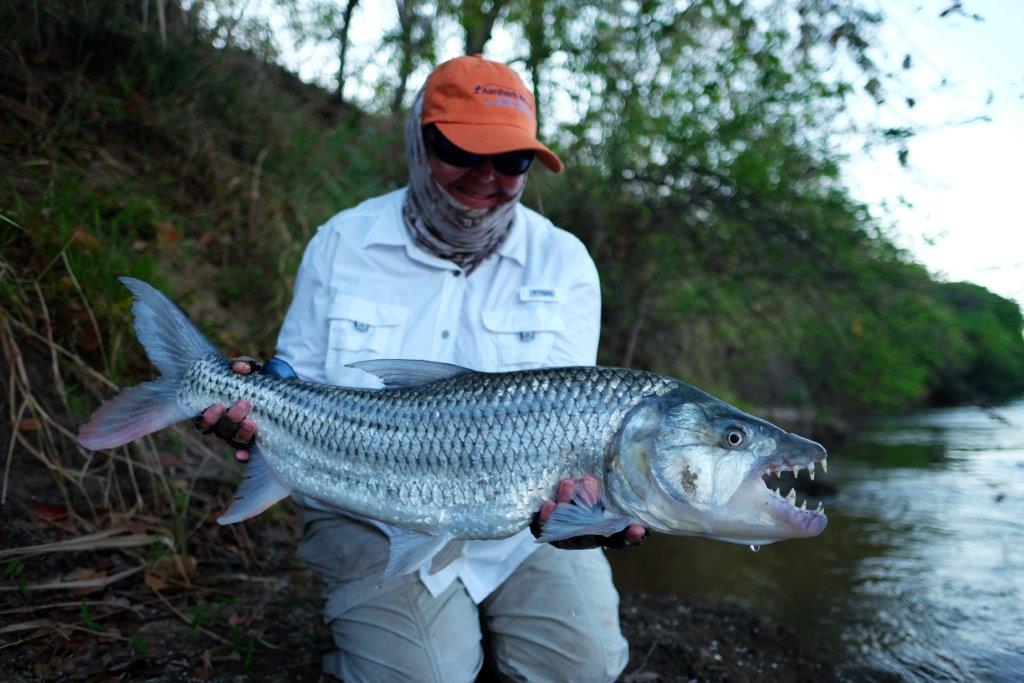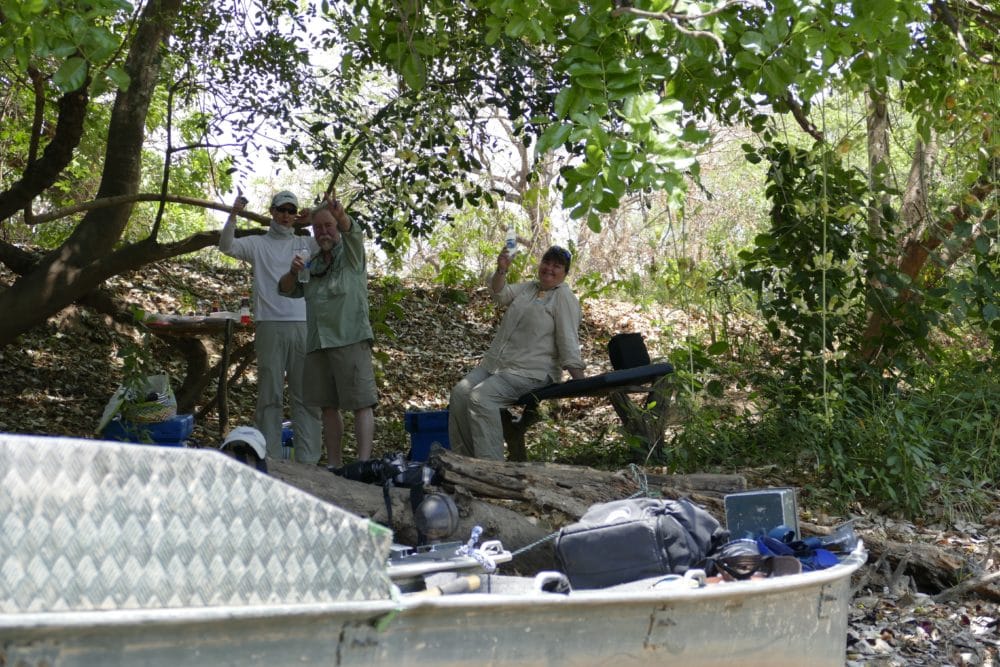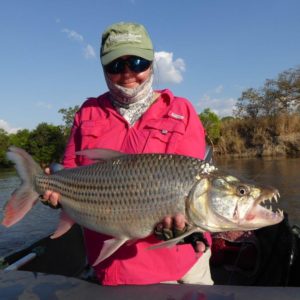You really only need one reason to head to Tanzania in search of tigerfish on the fly. In spite of her travels, and focus on saltwater fishing, Charlotte remains passionate about targeting tigerfish on fly with Tanzania still firmly at the top of her list. Why?
Hydrocynus tanziniae. It really is that simple. There are only five species of tigerfish, widely distributed throughout Africa and none of them are easy to land. Only two of the five species are known to reach significant size. H.goliath was brought to our screens by Jeremy Wade in River Monsters and but remains relatively inaccessible in its known distribution area. Following closely behind in terms of size is H.tanzaniae, and the rivers of the Mnyera and Ruhudji in southern Tanzania consistently produce exceptional fish.
With razor sharp teeth, incredibly hard mouths, a propensity to aerialise once hooked and dirty fighting tactics landing a tigerfish of any species should never be taken as a given. Add to that the challenges of the environment where you are fishing – structure, both visible and hidden, and other toothy critters of Africa’s rivers stack the odds against the angler.
Considering all of that, you’d be forgiven for wondering what the attraction is. What it comes down to is their size. The power of the take and the sheer challenge of the fight. Combine all of that it and it makes the challenges fade into the background.
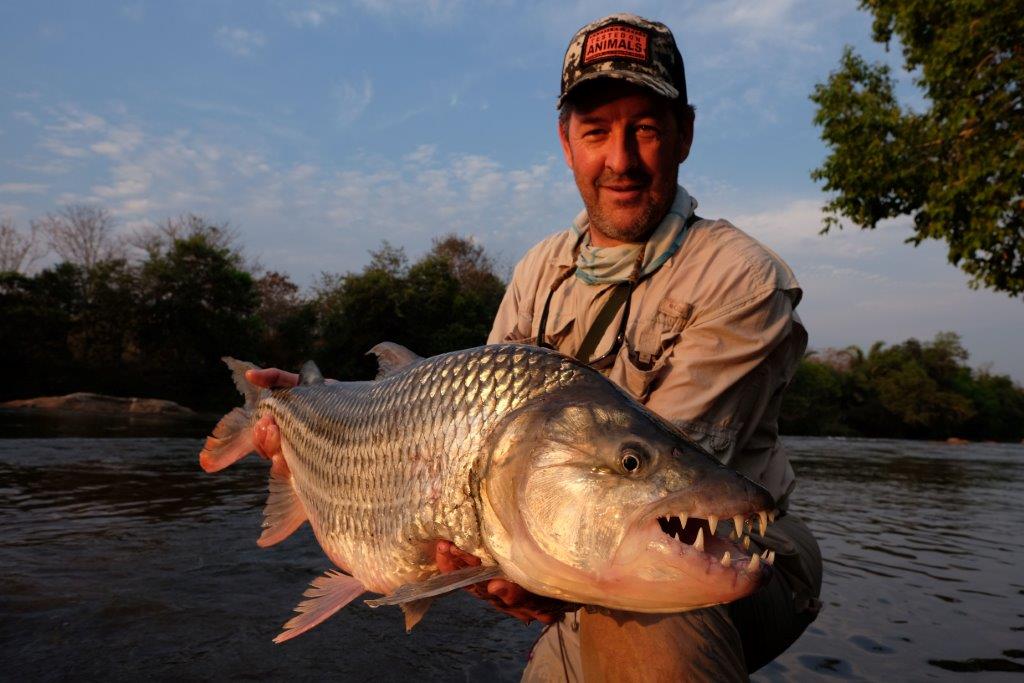
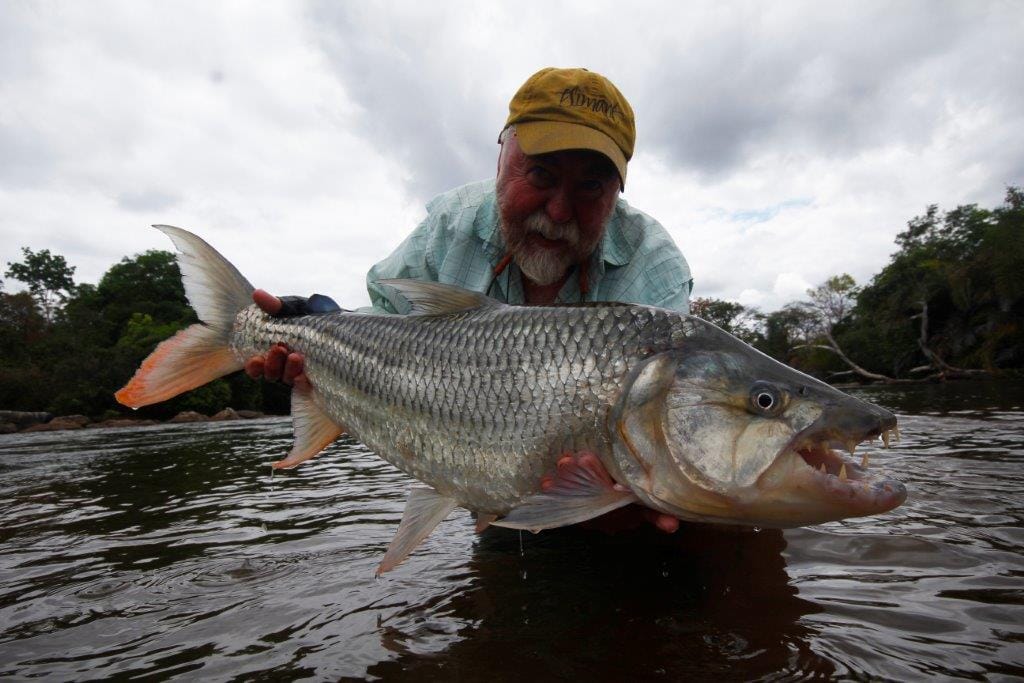
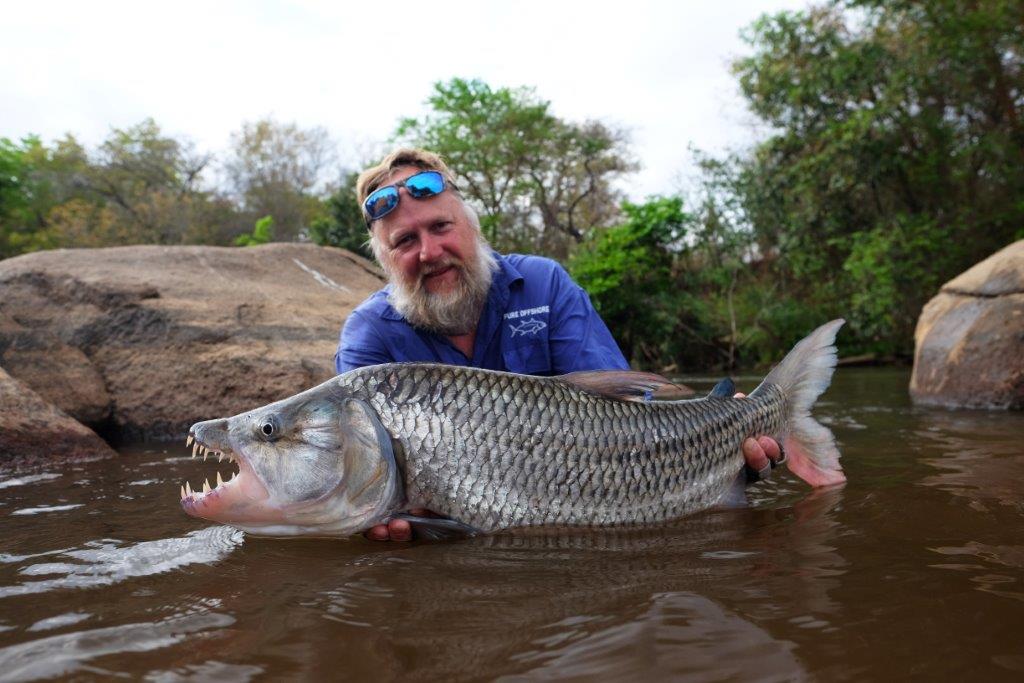
With “small” fish weighing in 6lb, the most commonly caught range is from 8 – 12lb. In a week fishing, it is rare that anglers don’t also land fish in the 12 – 16lb range. 17lb and 18lb fish are landed regularly and both rivers produce fish in excess of 20lb every season.
You won’t find that breadth of size anywhere else.
While tigerfish are the reason to be here, the added bonus on a fishing front are yellowfish; two endemic species are to be found in these river valleys so pack a lighter rod. If the fishing gods are looking your way, you may be fortunate enough to find Africa’s pacu, the Ndungu and Vundu (catfish) which can be quite chunky.
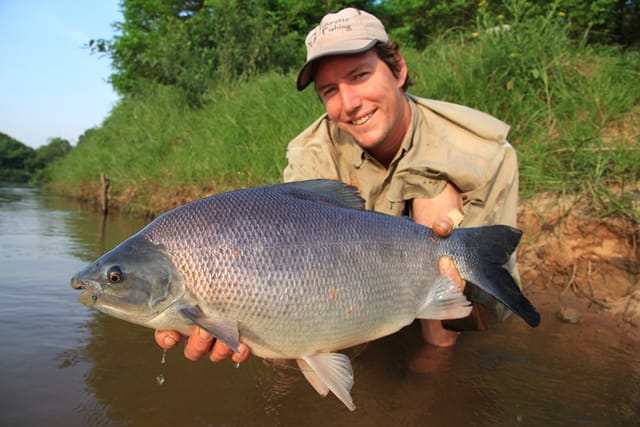
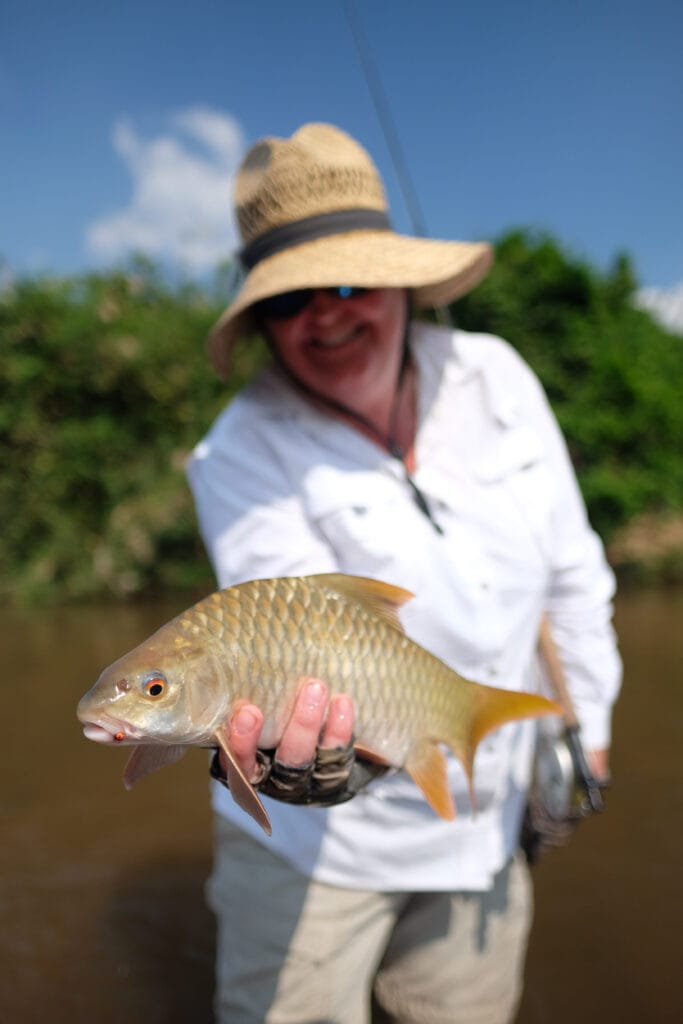
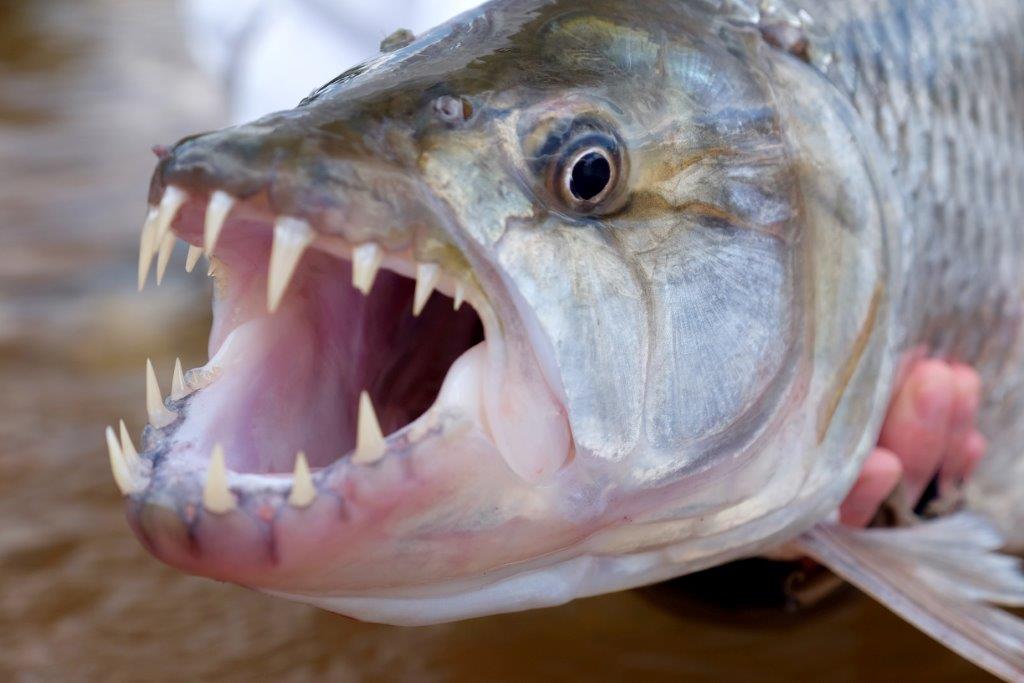
Located in a 14,000 km sq concession in Nyerere National Park, the fishery is restricted to 8 rods per week and fishing for only 12 weeks in the year. There are six rotating beats between the two rivers – all of which ensures that the fishing here is sustainable and top tier.
Angling and conservation go hand in hand and African Waters answered the call to protect one of the last great strongholds of biodiversity on the continent. They have pioneered a model where world-class catch and release fishing directly supports anti-poaching patrols, community engagement, and the preservation of this very delicate riparian ecosystem. Working closely with their local partners, they are ensuring that the economic value of conservation outweighs the incentives of poaching or land exploitation.
Birding in these river valleys is exceptional with many rare and endemic species to be found including Pel’s Fishing Owls, Kilombero Weaver and the Pale Billed Hornbill. Happily, the prime fishing season of September to November coincides with Tanzania’s peak game viewing months which makes it and ideal window to go on safari. Whether the less visited souhern parks of Ruaha and Selous or further north to see the amazing spectacle of the migration in Serengeti and the Ngorongoro Crater, this is an ideal time to be in Tanzania. For a fully relaxing end to your stay, enjoy the white sands and wonderful properties on Zanzibar. We will be delighted to help you plan your safari through our safari company, Ganders Travel.
Space is available for 2026 and has been released for 2027 and is available online HERE so you can see what will work with your diary.
If you would like more information please contact Charlotte Chilcott or call us on ++44 1980 847389. Alternatively click HERE if you would like us to contact you.
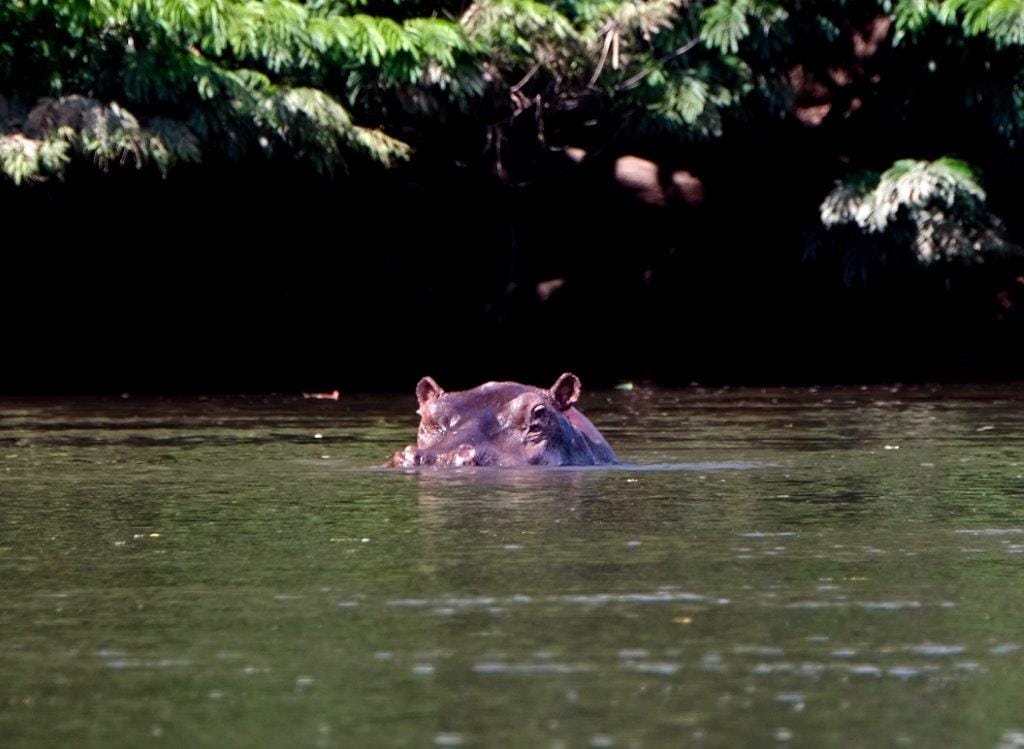
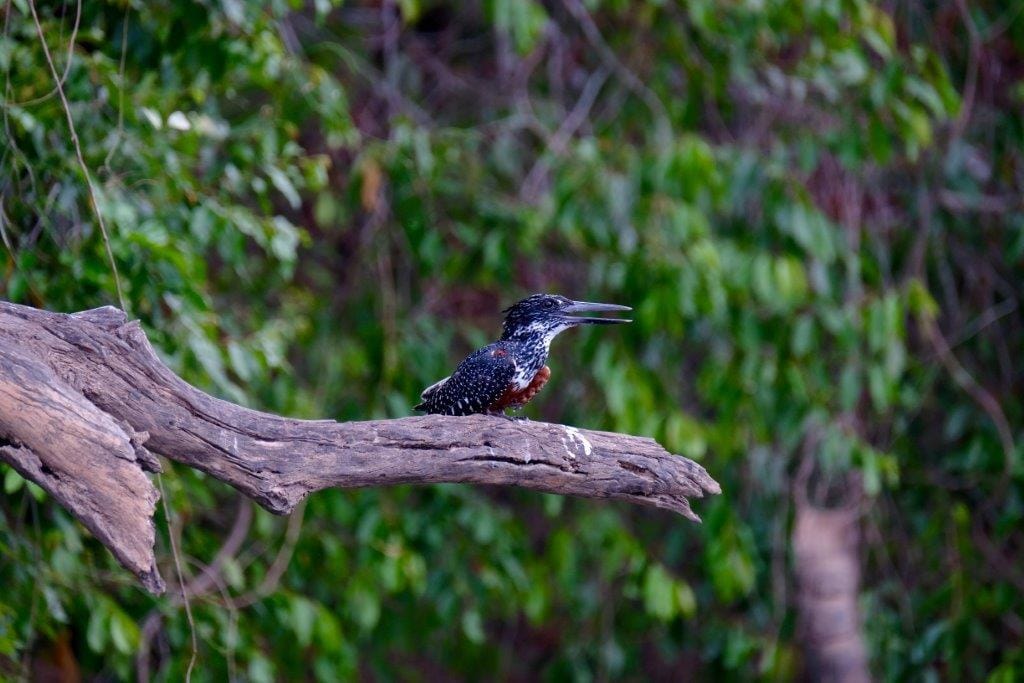
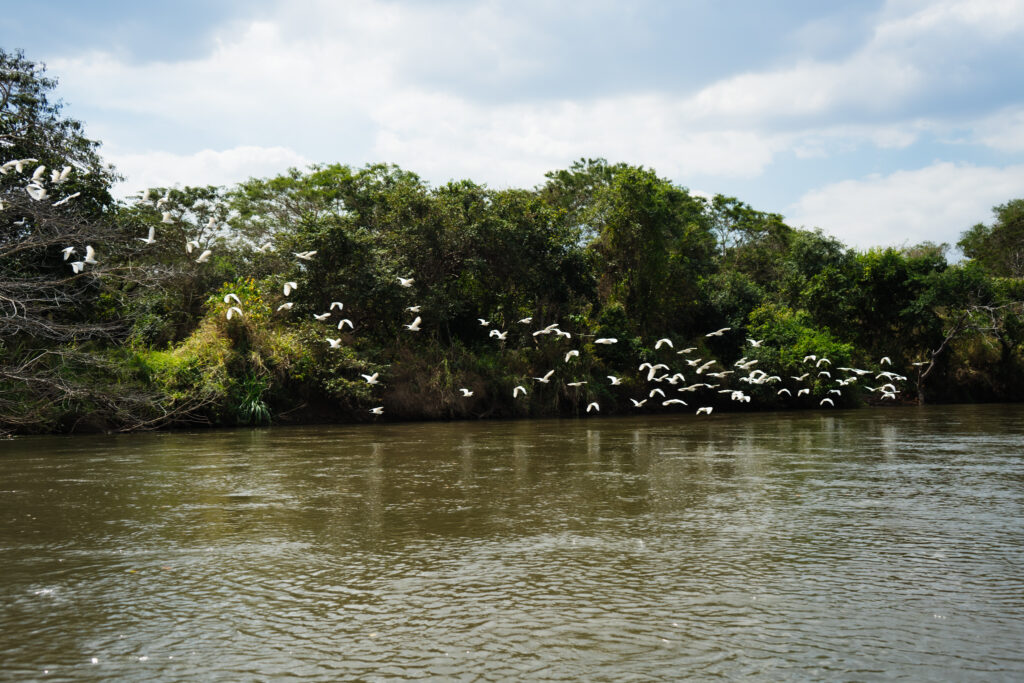
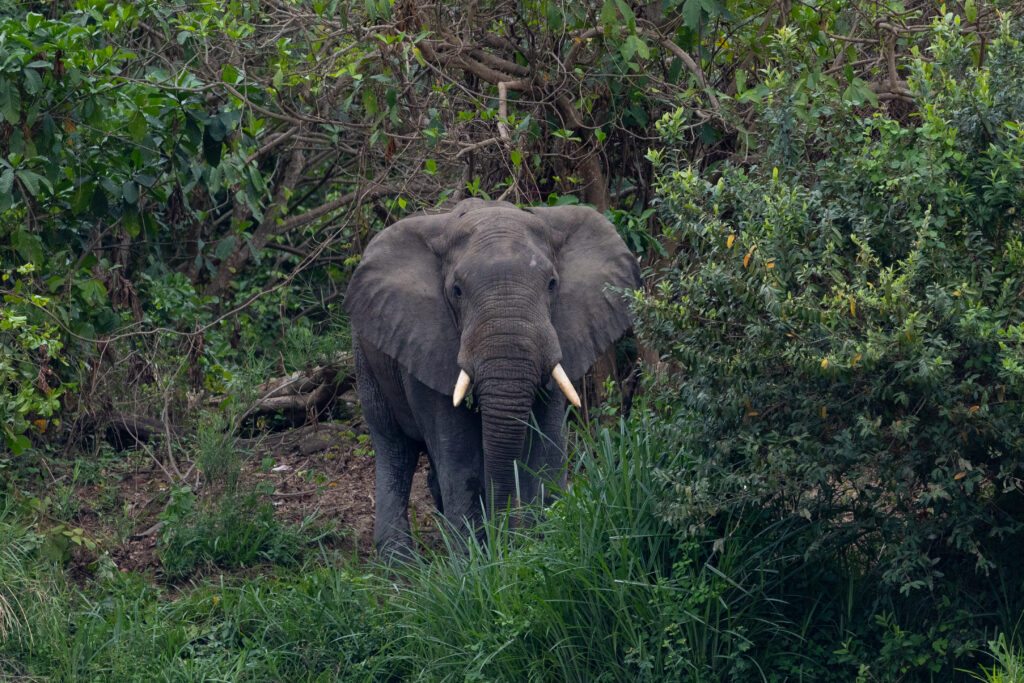
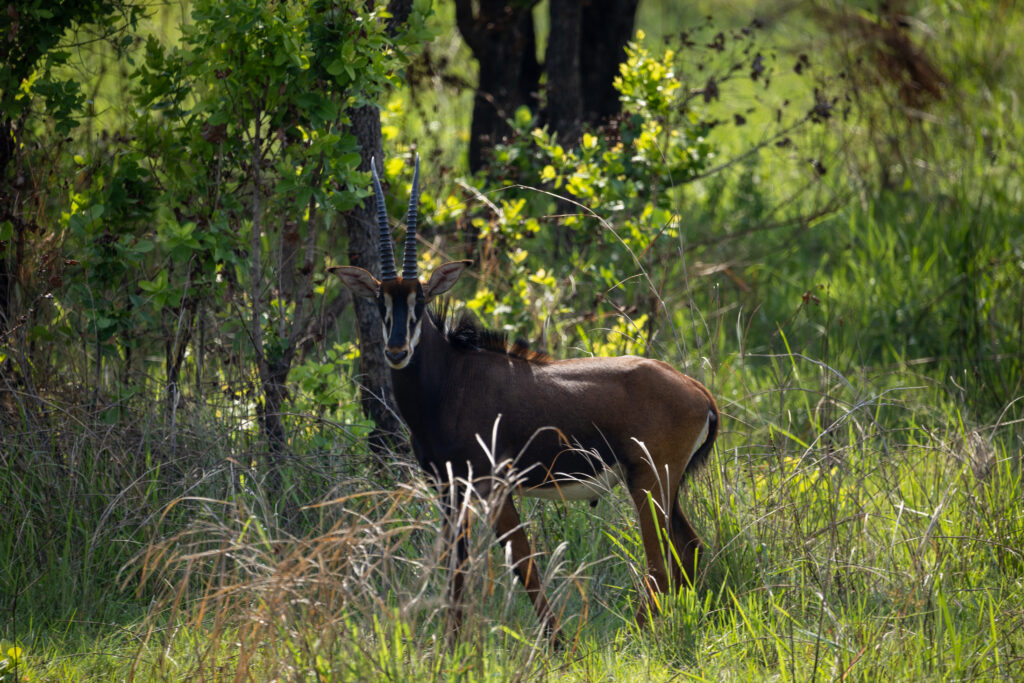
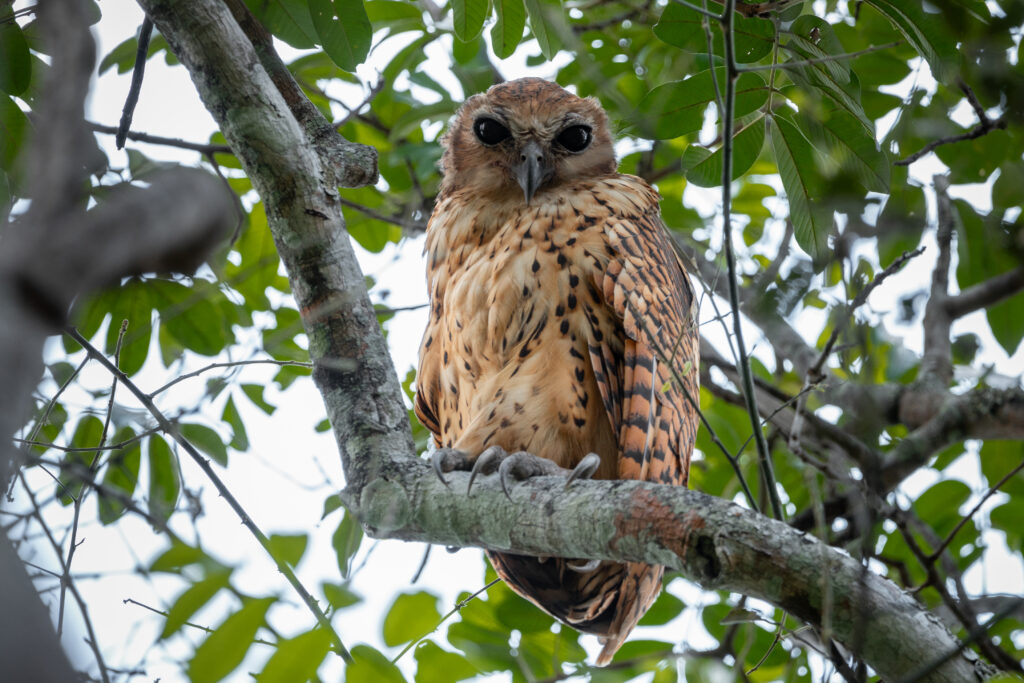
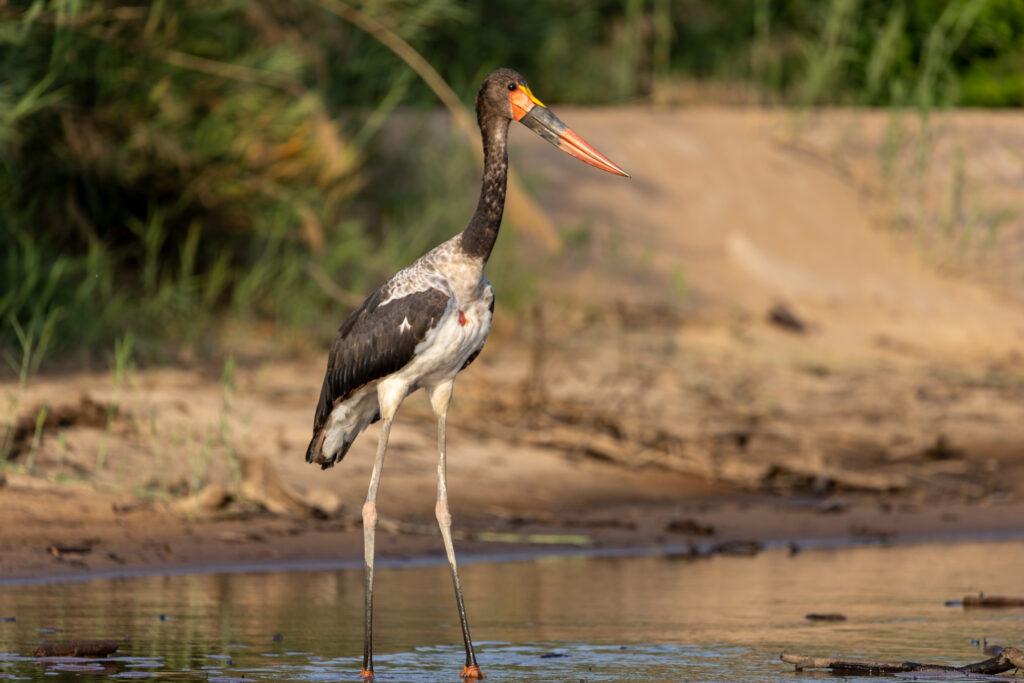
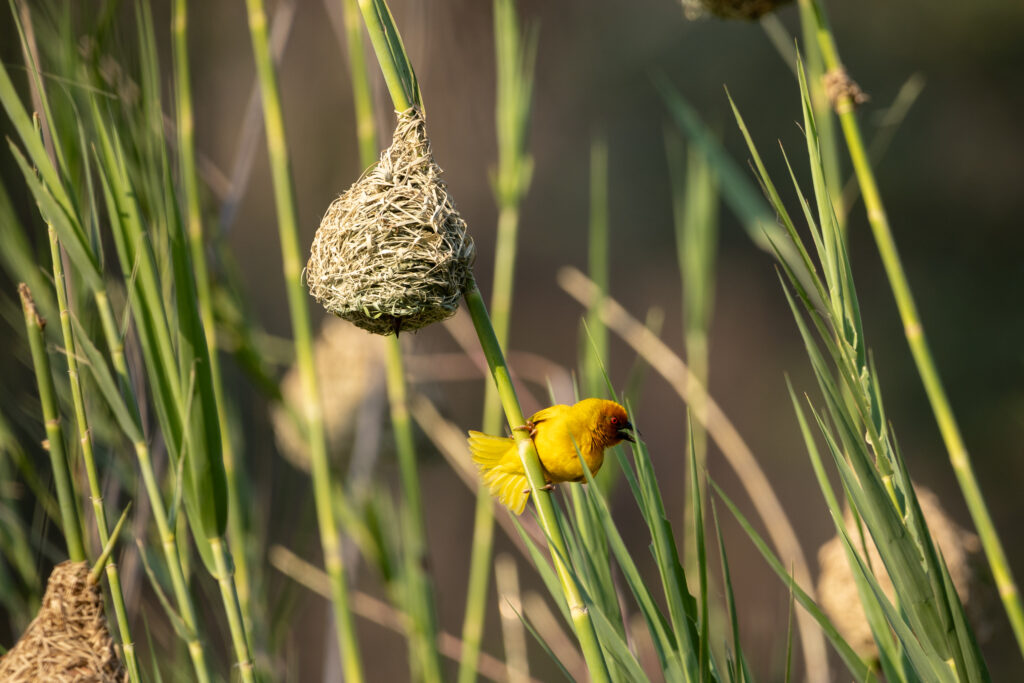
If you would like more information please contact Charlotte Chilcott or call us on ++44 1980 847389. Alternatively click HERE if you would like us to contact you.

